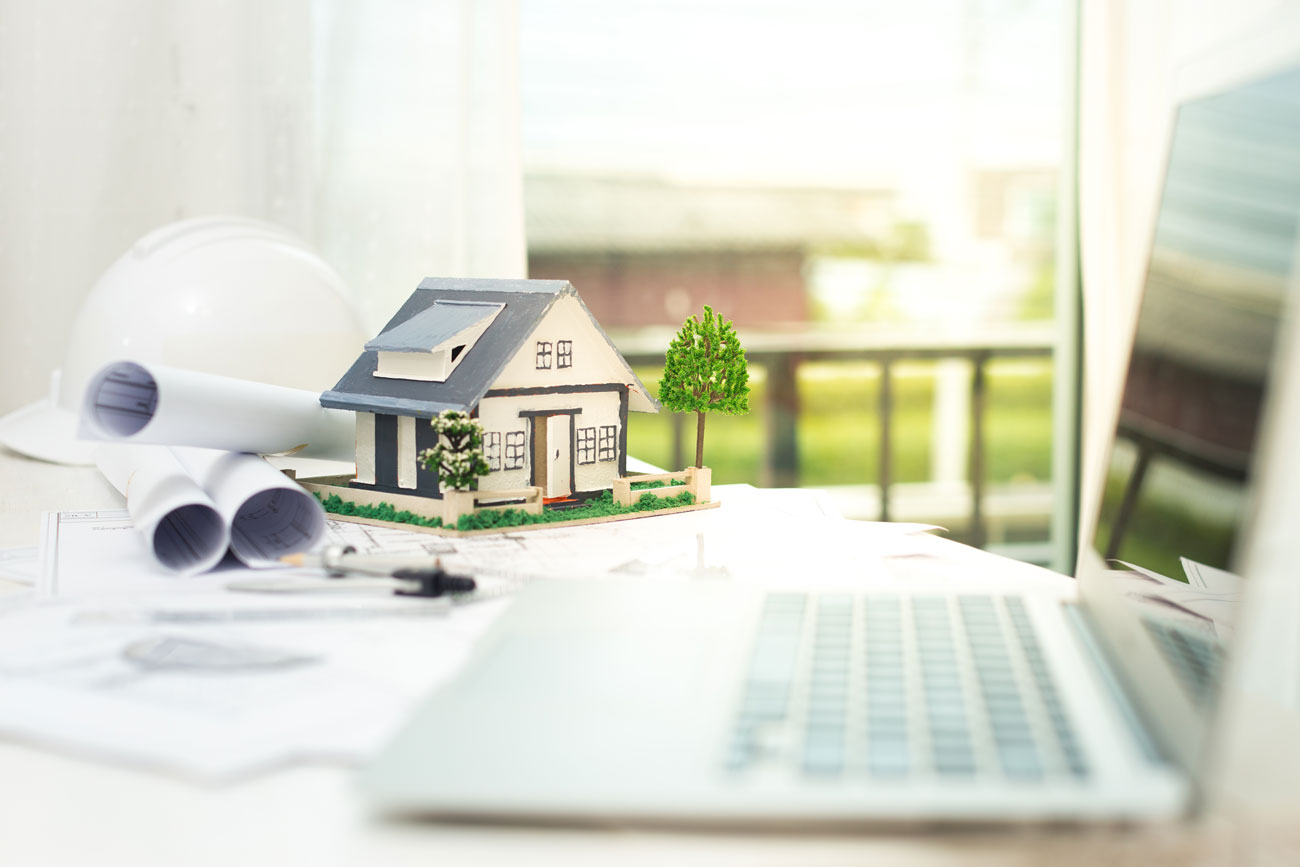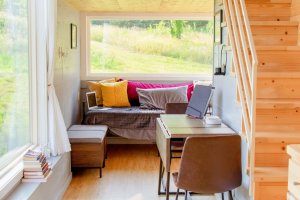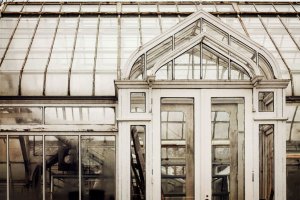Converting houses into flats is becoming increasingly popular. There’s a high demand for flats in London, and splitting a property into units can maximize both rental incomes in the short-term, and profit on sale in the long-term.
What to think about When Converting a House into Flats?
- Research: Research: Ask some estate agents in your local area. what’s the demand within the area? Flats or houses?
- Permission: Contact your local council to understand if you’ll be able to get permission for conversion. (Flat conversion policy background report – PDF)
- Services: Contact the gas, electricity, and water service provider. you wish for every flat and typically, it takes for much longer than expected.
- Tax Implications: Bear in mind that there’ll be tax implications when converting a house into flats. cash in of personal residences once you sleep in one in all the flats rather than renting or selling all of them.
- Heating system: A separate heating plant is needed.
- Entrance: Also each flat needs a separate entrance door.
- Soundproofing: ِYou must include soundproofing when converting your house into flats.
- Flat size: Compete with other flats in your neighborhood. Ask estate agents to understand what renters want more? A flat with one room or quite one?
- Design: What reasonably flat design will work better? What quite a floor design will work better for the house you planned to convert to flats.
- Kitchen and bathroom(s): Each flat needs a separate kitchen and a minimum of one bathroom. the present kitchen and baths need an upgrade so as to use it for every flat.
Speak to a Local Estate Agent
There are a pair of reasons to speak to a district broker before you begin. the first is to check that there is a real demand for studios within the realm. there is no point in doing this if nobody wants the flats you’re visiting make. the subsequent thing to hunt out is that if there is a rental market if you’ll be more contented selling the properties. Some things that you just simply must factor into your consideration are:
- Social demographics – this might play an infinite part in whether there will be more demand for homes or flats. Typically aging populations, young professional areas, or places with high divorce rates will have a higher demand for residences, whereas areas that are manly families or couples would require houses.
- Current property market – what’s selling for more and what’s staying on the marketplace for longer? It makes lots of sense to convert If three-bedroom homes aren’t selling but one and two-bed flats are.
- Who’s your buyer – young professionals, students, or the elderly? Not only will this affect the kind of conversion you are going for, but it’ll even have to be within the proper location for his or her needs.
- Does the property lend itself to conversion – some houses have more room than others so it takes minor changes to make the conversion. Other properties may require extensions, entire heating systems, and structural changes to be made to be suitable
Check on Planning Permission With the Local Council
The next thing to try to is contacting the look department of your local council, as you’re likely to want planning permission. If you’re given the go-ahead, you’ll then must apply for Building Regulations before you begin building. See the local planning department before you invest if you haven’t yet purchased a house to separate into flats. looking at the neighborhood, there could also be requirements associated with minimum flat size, soundproofing between neighboring flats, insulation for comfort and energy efficiency, fire safety, and more. In some neighborhoods, parking availability is an extra factor that comes into play.
Tax implications
Tax implications depend upon what you plan to try and do with the property afterward. Maybe you’re considering selling all of your flats instead of renting them or maybe living in one amongst the flats; the tip result will vary looking on the circumstances.

Planning for Residents’ Needs
Getting the layout right goes to be make-or-break for this type of project. the primary thing to spot is how you’re visiting create separate entrances for every flat. In most cases, this can mean adding an amount of boxing and additional doors around the staircases and landings.
Once you recognize how the flats are separated, you would like to appear at each flat. Each flat will must have its own kitchen, bathroom, boiler, and utility. When laying these out, you ought to consider where there are already pipes and electricity access points. It may be expensive and challenging to suit bathrooms if there’s no quick access to the present downpipes.
When considering the space you’ve got to figure with, don’t forget that you just will add soundproofing. So, ultimately space is smaller than it appears before you begin working.
- Flat size: Do renters during this neighborhood tend to travel for one-bedroom flats, or is that the population comprised of roommates or families who need rentals with over one bedroom? what’s the common flat size within the neighborhood, and the way will your planned flats compete?
- Flat design: What reasonably design details will work best within the flats you’re aiming to build? what is going to the ground plans be like? What reasonable plan will work well within the space?
- Services for each flat: Each flat needs its own electric, water, and gas connections.
- Accessibility issues: All flats need private entryways, and if there are gardens, they’ll need access to those still. Consider proximity to parking when understanding how residents will get to their flats, and give some thought to adding helpful extras like secure bicycle storage.
- Look into big-ticket items: Since each flat needs a non-public kitchen and a minimum of one bathroom, you’ll probably undergo some major renovations to put in the mandatory plumbing. Existing baths and kitchens often require updating.
Additionally, each flat will must have its own boiler, and every one flat will must have individual heating systems. Your realtor can facilitate your determine where changes are often made, and where new boilers and heating systems will be installed.
Budget
This is visiting be a giant project, so you would like to give some thought to the prices realistically. Kitchens and bathrooms don’t seem to be cheap to put in. If the property is older, then there can be some unexpected surprises after you begin work. Plan your budget before, and always ensure that you just have a contingency just in case works run longer, or there’s extra work you hadn’t expected.
Provided that the prevailing structure is sound and you’ll be able to use the present kitchen and loo within the house, the common cost of a conversion from a house to flats is roughly £15-25k. this is often for basic modifications like putting up stud walls, installing bathrooms and heating units.
This cost will differ greatly betting on the dimensions of the property, the number of flats you’re converting, the value of the builders, and therefore the materials you’re planning on using. There are many belongings you will have to consider when budgeting for the prices, including:
- Planning consent
- Building regulation approval
- Fitting new utility meters (gas, water, electricity)
- Installing a new kitchen/ bathroom
- Finance for development
- Separate boilers/ heating systems
- Separate water system
- Installing a second entrance
- Decoration
This is not a project to be undertaken lightly and, counting on the dimensions of the project, may take up to six months to finish.




